It’s been four years since the last Olympics, 24 since the Sydney Games, the Melbourne Olympics were 68 years ago, and it’s been a long 128 years since the first modern Games in Greece. Time and technology have seen venues, equipment and athletes move into another dimension in the pursuit of better, faster, stronger and ultimately, medals.
Through the ages – swimming
Swimming started at the first modern Games in 1896 and is one of only four sports included in every Olympics since. Women weren’t allowed to compete until Stockholm in 1912. And Olympic swimming events were held in open water (oceans, lakes) until the London Games in 1908 when pools began being used. The butterfly stroke was first introduced at the 1956 Melbourne Games. It wasn’t until Tokyo in 2020 that there were identical events for men and women swimmers and for the first time, a mixed gender race – the 4x100 medley relay.
Swimming is Australia’s best Olympic sport with medals won at all modern games so far.
The Maritime Museum has collections from many champion swimmers including, Linda McGill.
Curator Daina Fletcher says McGill’s “is an emblematic life story which moulds threads of an archetypal Australian character in a golden age of swimming”
“She had a determined sporting ethos and a mateship and larrikin spirit in defying a ban on marching in the 1964 Tokyo Olympics opening ceremony, along with her more famous colleague Dawn Fraser, and was subsequently banned from swimming in 1965”
“But the resilient McGill picked herself up and turned to marathon swimming with success around the globe over the next 25 years” Fletcher said.
Through the ages – competition swimsuits
The Australian company Speedo was known as Fortitude when it introduced the innovative racerback swimsuit design in 1928The Museum’s Curator, Inger Sheil, says. “Its streamlined t-strap allowed greater arm and shoulder movement and reduced drag”. “Newly rebranded as Speedo, it was the swimwear of choice for Australian Clare Dennis at the 1932 Los Angeles Olympics. The design was accompanied by controversy and a protest was lodged against Dennis on the grounds she was displaying too much shoulder blade. But Dennis was allowed to race and won gold in the 200-metre breaststroke” she said.
Four years later, in 1936, the Australian men’s swim team was wearing Speedo designs either in racerbacks or an even more daring bare-chested swim trunk style. Olympic swimsuits were originally made of wool, then silk until the 1950s when nylon became the favourite as it was tighter and water-resistant. 1976 saw the use of compression, or papersuits. Lycra was added to nylon in the 1980s and by 2000, Speedo developed the very tight Fastskin, coated in Teflon.
It was 2008 when Speedo released its LZR Racer swimsuit - a blend of nylon, Lycra and, for the first time, polyurethane. The following year, swimsuits were made only of polyurethane, leading to a dramatic improvement in performance and medal count. But Swimming's world governing body, World Aquatics, wanted to make competition fairer, so it banned non-textile materials in competitive swimsuits from 2010.
Through the ages - rowing
Rowing has been part of the Olympics since the 1900 Paris Games. It was scheduled for the Athens games four years earlier, but bad weather forced its cancellation. Women were only allowed to compete from 1976. 1996 saw the introduction of lightweight rowing events which weight-limit crews.
The boats, or shells, were made of wood before being largely replaced by carbon fibre and Kevlar.
Olympic rowing competition distance is 2000 metres with events ranging from single rowing to teams of 2, 4, or 8.
Australian National Maritime Museum Curator, Stirling Smith says, "Australia has a long and proud history of rowing success as far back as 1928 when Henry 'Bobby' Pearce won the nation’s first gold medal in the men's Single Scull". "The Museum is fortunate to have several highly significant rowing craft in its collection. From Pearce's single scull to the Oarsome Foursome coxless four that won Gold at the 1992 Olympic Games" he said.
Through the ages – sailing
It was known as yachting from the 1896 Olympics but was renamed sailing at the 2000 Sydney Games. Women have always competed in Olympic sailing, but separate events were created for them from 1992. The sport also introduced compulsory mixed gender events in 2016.
Sailing at early Olympic Games was dominated by big boats carrying up to 12 sailors but they started getting smaller from 1924. The Olympic Games have strict design rules that ensure all boats are the same, so the competition is fair.
Australia has a strong history in Olympic sailing, winning its first medals at the 1956 Games in Melbourne. Bill Northam still holds the record for the oldest Australian Gold medallist – he was almost 60 when he won gold in the boat, Barranjoey, at the Tokyo Games in 1964.
Museum volunteer, Steve Mountain, says “Australia’s history is linked to a strong maritime past which continues today. Its success is directly linked to our sailing and maritime past, to our original heritage in settling here, mainly through the voyages of discovery by Lieutenant James Cook and our further settlement by Arthur Phillip and the First Fleet”.
Through the ages – the Paralympics
In 1948, a doctor in England organised a sporting competition to help rehabilitate his paraplegic patients, unknowingly sparking a movement that would eventually be recognised as the Paralympics 12 years later. German Neurologist Sir Ludwig Guttman was a big believer in the power of sport and organised for his patients in wheelchairs to compete in archery and netball. He named the event The International Stoke Mandeville Games after the hospital in which he worked. By 1955, 18 countries, and 200 athletes were taking part.
In 1960, they were held in Rome just days after it finished hosting the Olympics and they were officially renamed The Paralympics. Eventually, the Paralympics included more disability groups and specialised racing wheelchairs, while events for amputees and the visually impaired debuted at the 1976 Toronto Games. Athletes with cerebral palsy were included from 1980.
Paralympics translates to beside or alongside the Olympics and signifies that the two events exist side-by-side. But it wasn’t until 1988 that the Paralympics received equal recognition with the Olympics and were held in the same cities and venues.
Australia has competed at the Paralympics since 1960 with most medals won in swimming and athletics.
Explore more Olympics memorabilia from the Australian National Maritime Museum Collection.
Our Collection

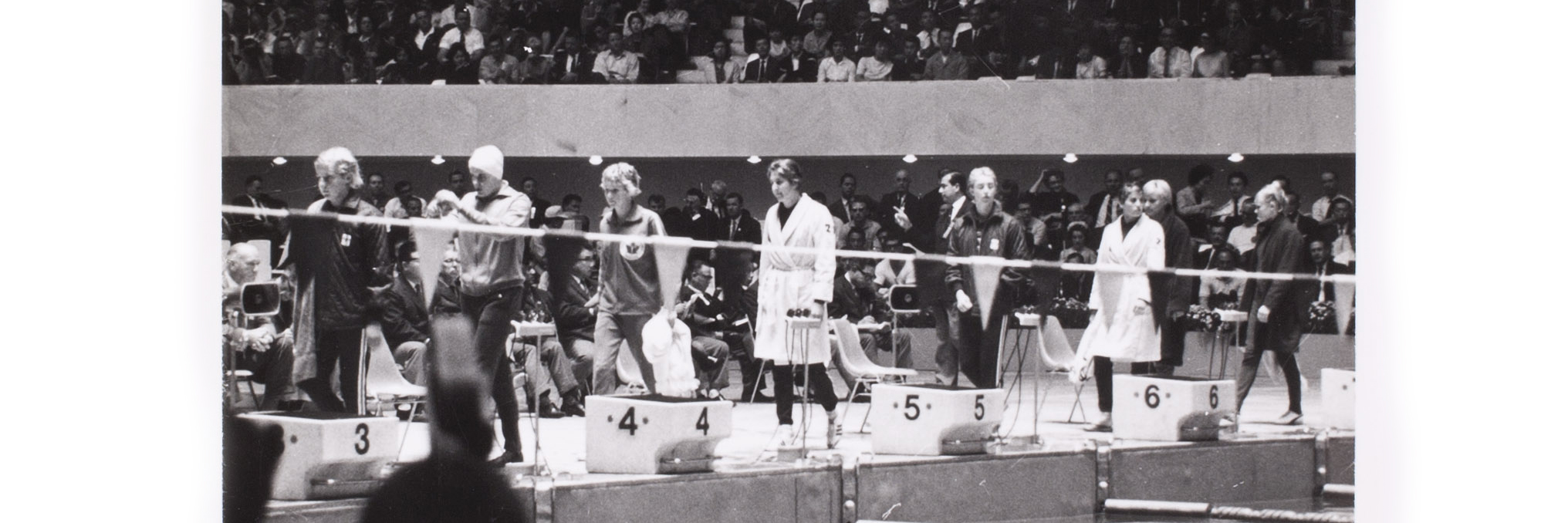

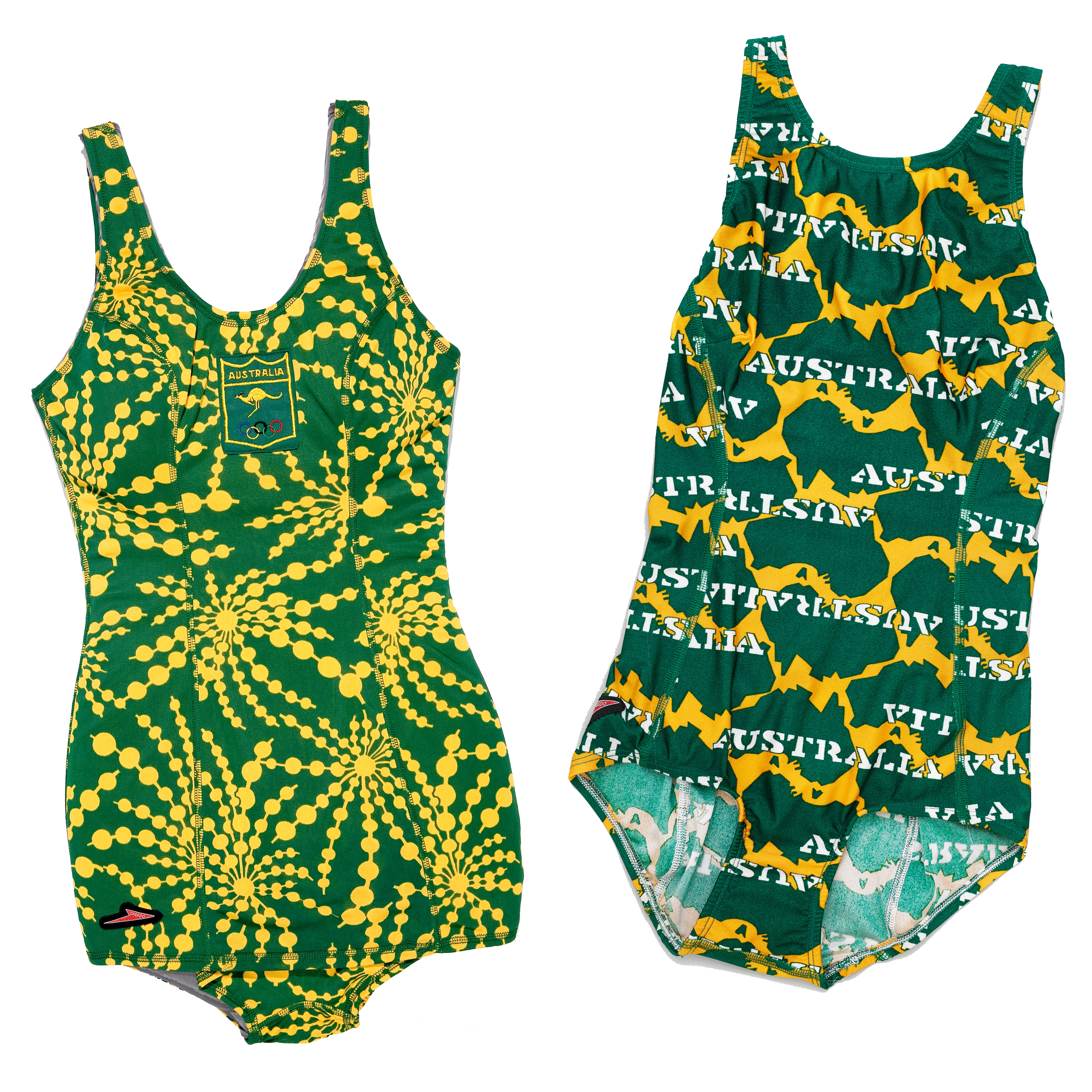
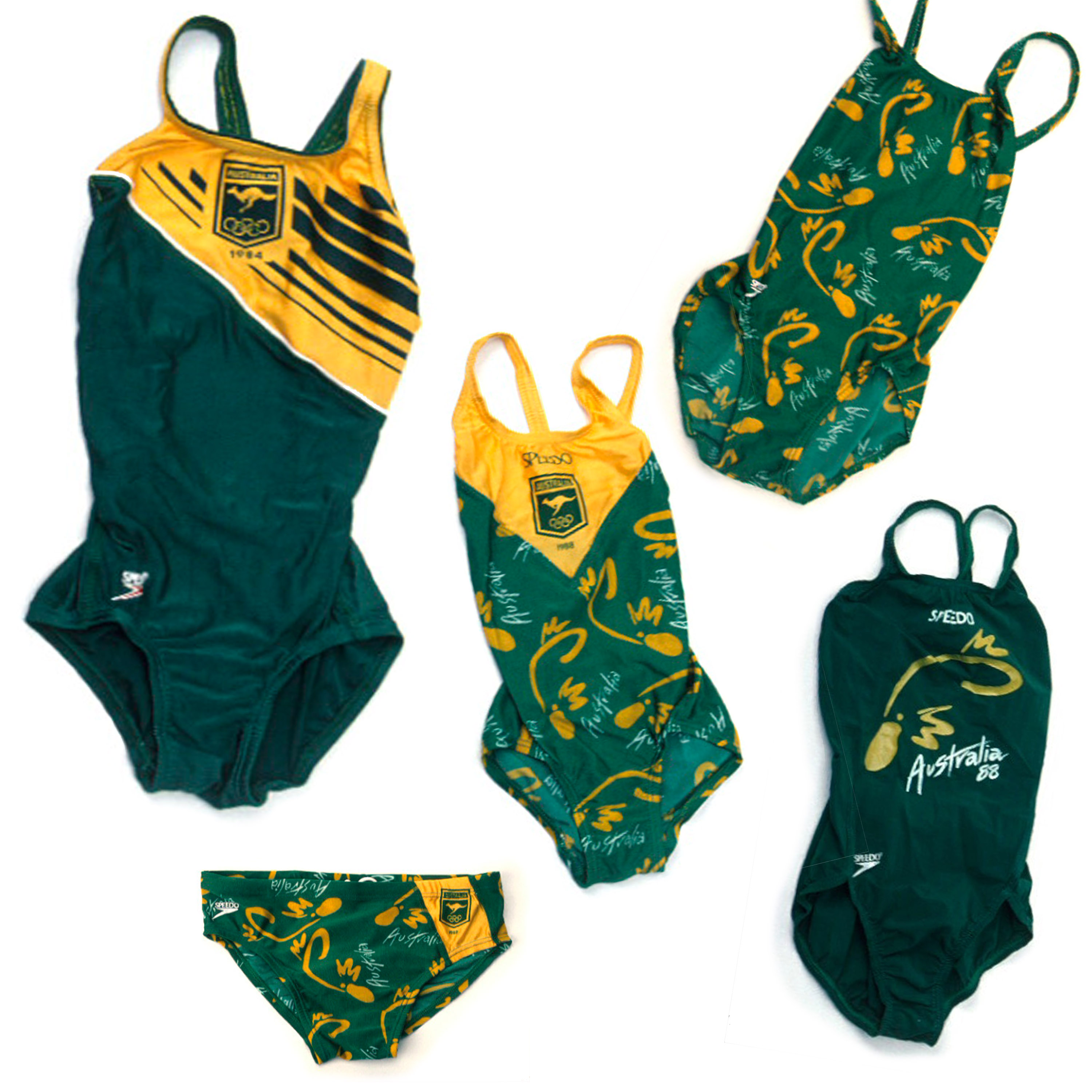
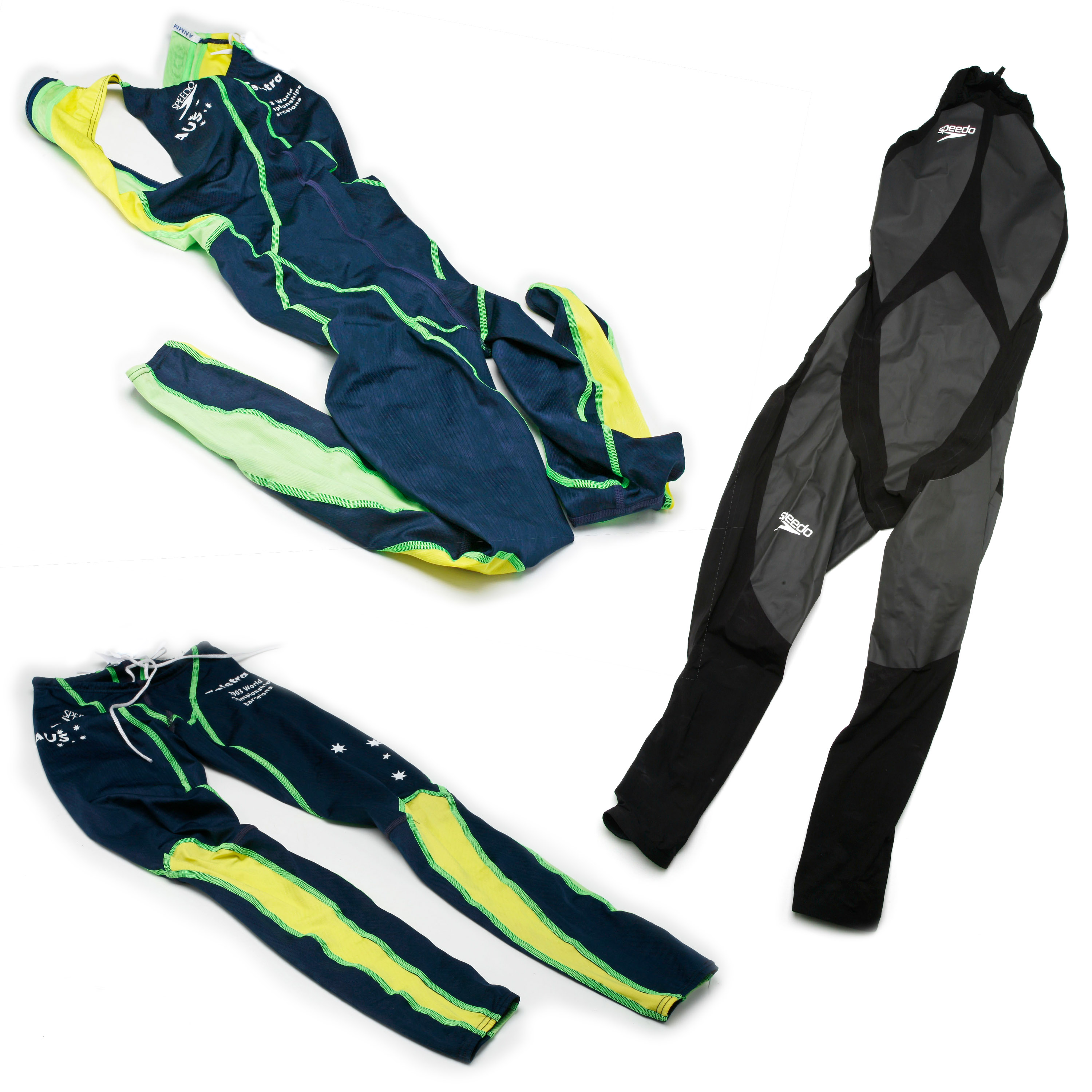
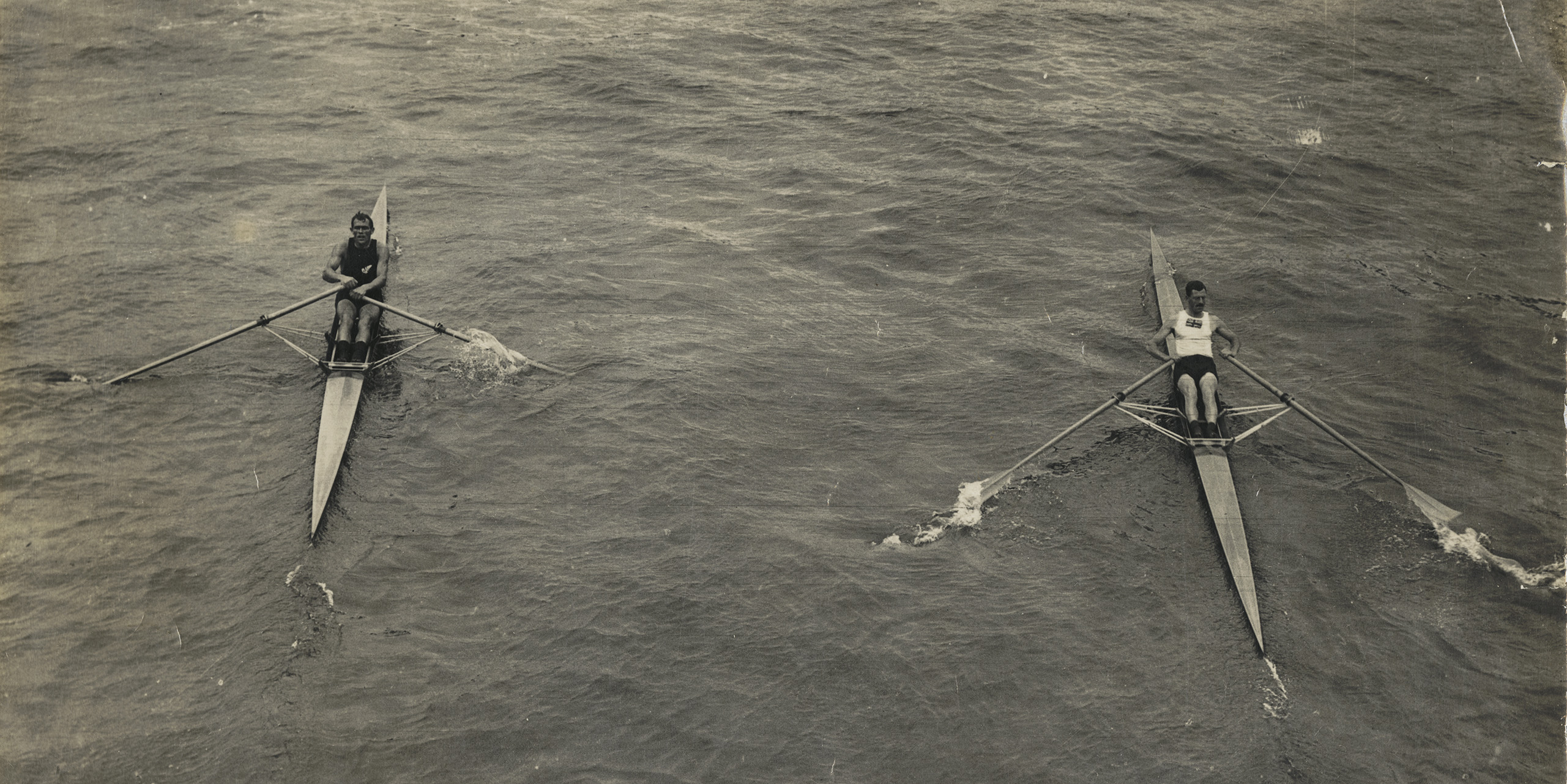
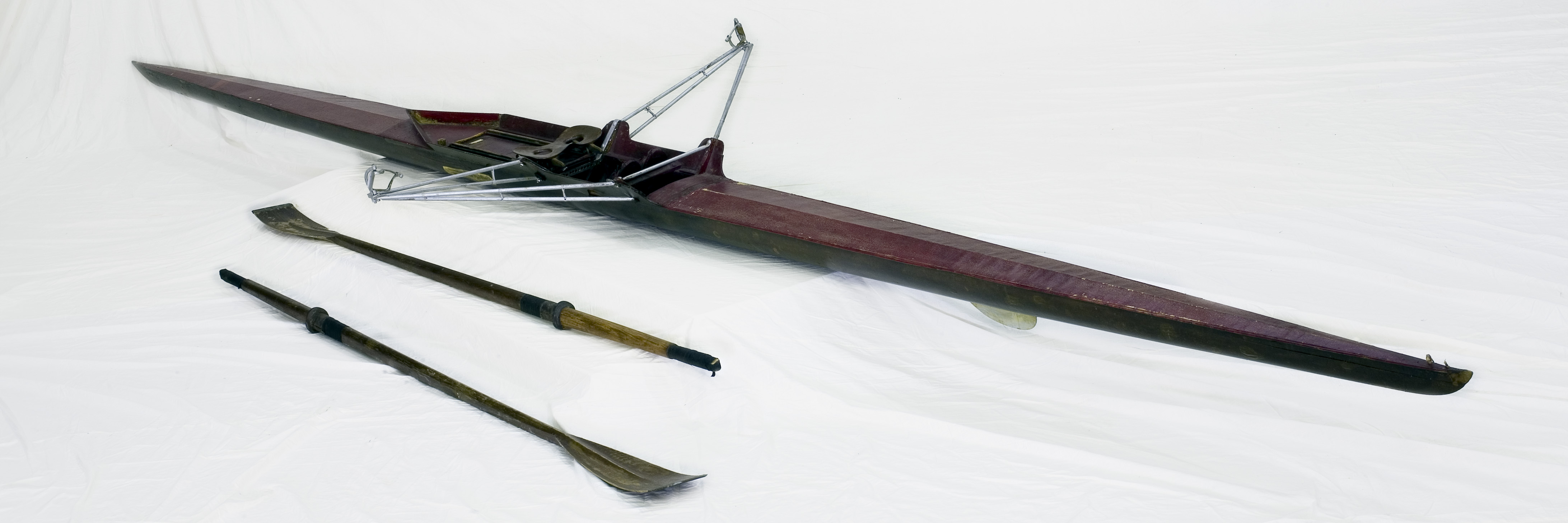
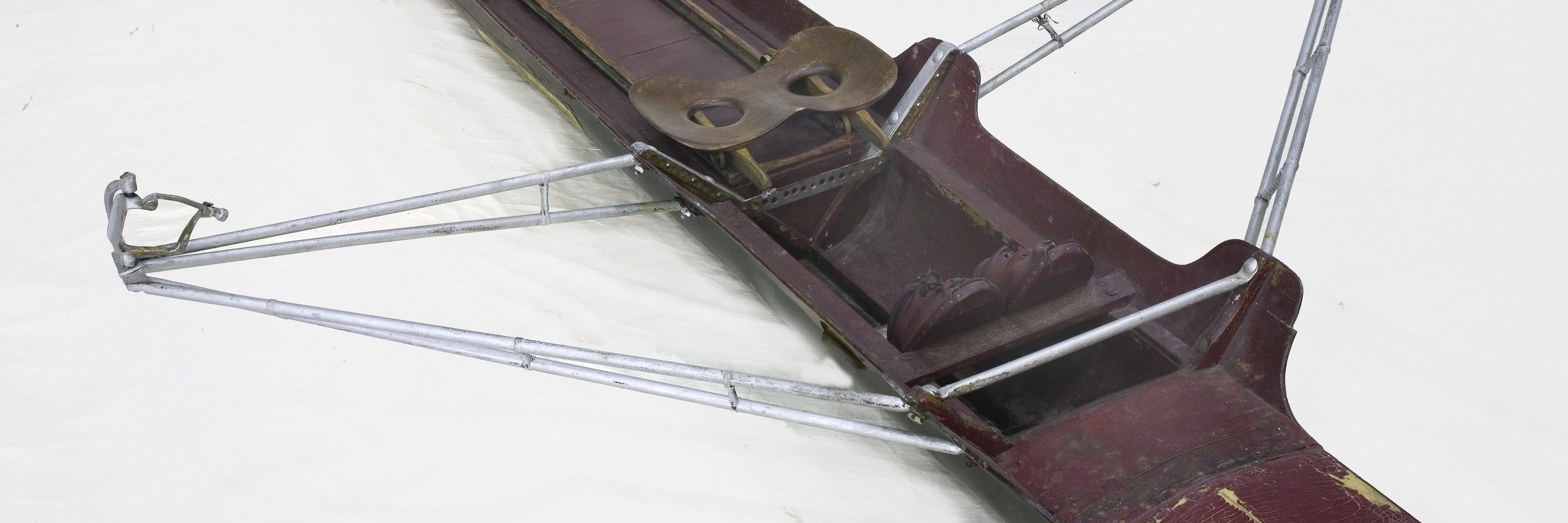
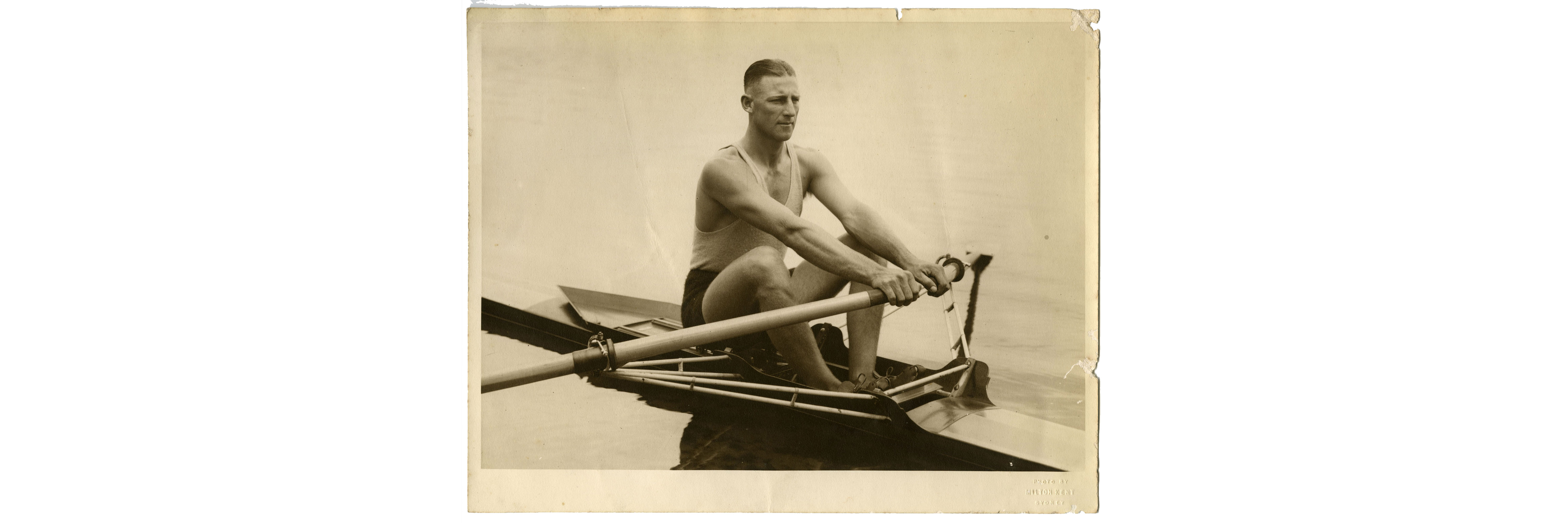
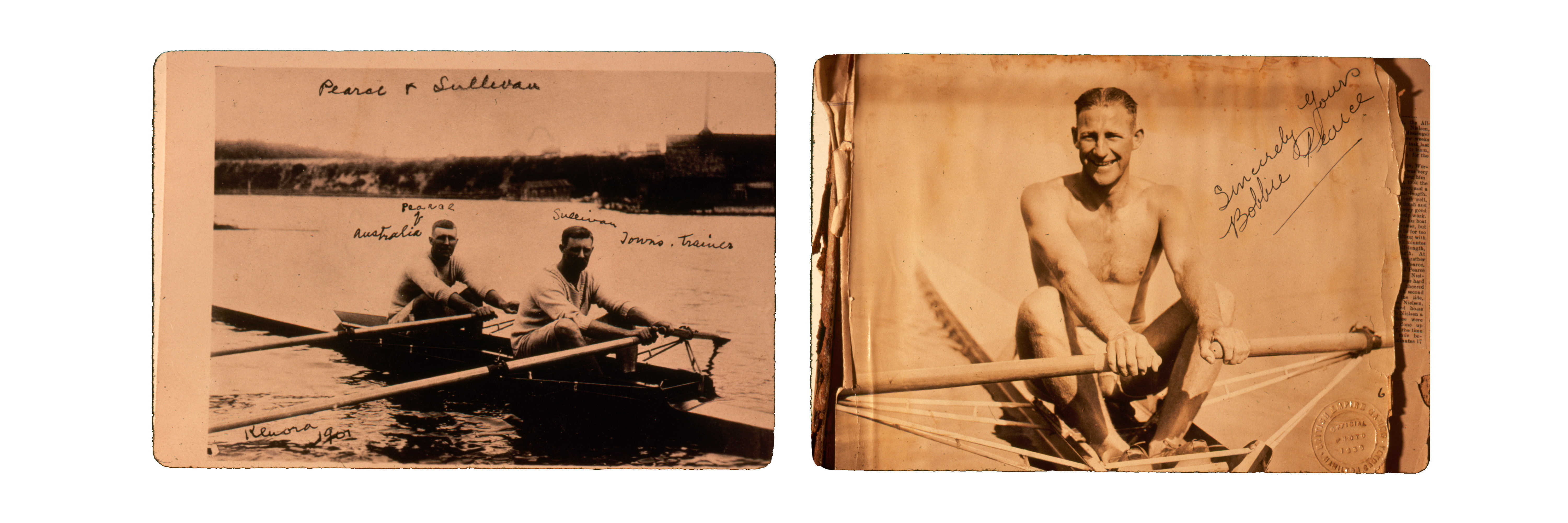
.jpg)
.jpg)
.jpg)